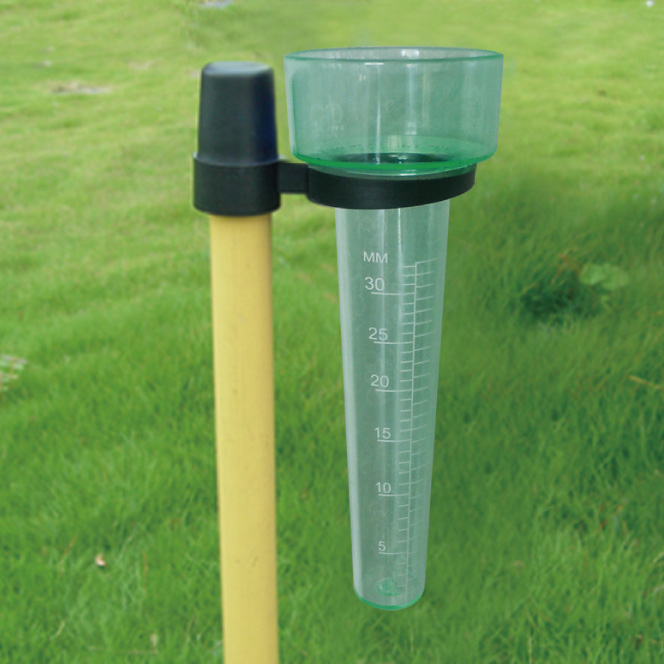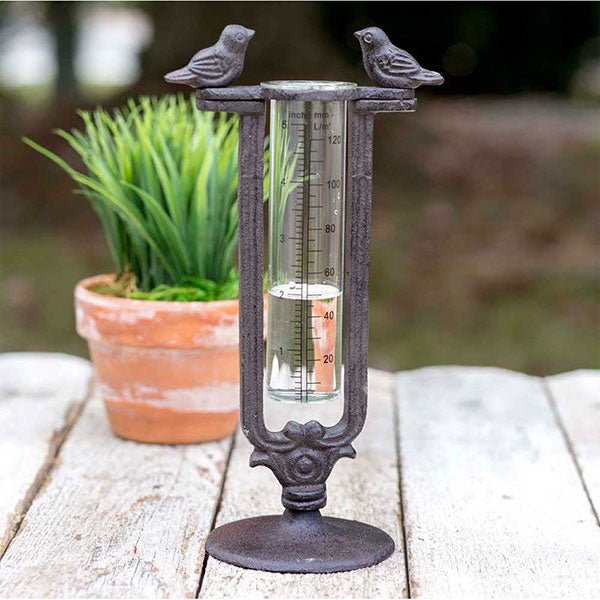Study The Rain Gauge: From Historical Evolution to Modern Applications
Study The Rain Gauge: From Historical Evolution to Modern Applications
Blog Article
DIY Rain Scale: Easy Actions to Make Your Own
Are you curious about tracking rainfall in your area? Creating your own do it yourself rain scale is a reliable and easy means to measure and tape rainfall. With simply a few usual materials and some fundamental actions, you can easily build your very own rain scale at home. In this guide, we will give you with a step-by-step process to aid you create your own rain scale. No need for any type of specialized understanding or tools - this job can be finished by anyone. By complying with these straightforward instructions, you will have a dependable device to gauge rains and contribute to your understanding of the local weather condition patterns. So, allow's begin on making your DIY rain gauge today!
Gather Materials
To begin constructing your DIY rain scale, collect all the required materials making use of a thorough list of products. Having the appropriate products on hand will guarantee the successful creation of your rain gauge and permit accurate dimensions of rains. Firstly, you will need a clear plastic container or cyndrical tube, such as a plastic container or jar. Make sure the container is clear to ensure that you can conveniently see the water degree inside. Next, you will call for a leader or determining tape to mark the increments on the container. This will certainly enable you to measure the quantity of rains properly. Furthermore, you will require a long-term marker or water-proof tape to note the measurements on the container. When exposed to rainfall, this will make sure that the markings remain noticeable also. Lastly, you will need a durable base or stake to securely hold your rainfall gauge in area. This can be a wooden or steel stake that can be placed into the ground or a strong flat surface area to provide security. Gathering these materials in advance will certainly improve the building process and make certain that you have whatever you require to create your very own DIY rainfall gauge.
Prepare the Container

Mark the Dimension Increments
To accurately determine the amount of rainfall, accurately noting the measurement increments on your DIY rain scale is vital. Without clear and accurate markings, it would be difficult to determine the precise amount of rains collected in your rainfall gauge. Below are the steps to note the measurement increments on your rainfall gauge.
First, determine on the device of measurement that you intend to use. One of the most common systems for measuring rainfall are inches and millimeters. Make use of a long-term pen or waterproof paint to note the increments on the side of your rainfall gauge once you have picked the system. For inches, you can note every quarter inch or every fifty percent inch, depending upon your choice. For millimeters, you can mark every 10 millimeters or every 20 millimeters.
When noting the increments, it is essential to make sure that they are evenly spaced and clearly visible. Utilize a leader or gauging tape to ensure accuracy and consistency. Furthermore, make certain that the markings are immune to fading or abrading, as exposure to the aspects might create them to deteriorate gradually.
Area the Rainfall Scale Outdoors
The rainfall scale need to be positioned outdoors to properly accumulate rainfall data. The place picked for the rainfall scale ought to be open and cost-free from any kind of blockages that could possibly influence the measurement of rainfall. The Rain Gauge.
In addition, it is go to this site essential to position the rainfall gauge on a stable surface area, such as a degree ground or a durable post. This will certainly protect against any kind of motion or tilting of the gauge, which can cause unreliable measurements. It is additionally a good idea to avoid putting the scale near any type of sources of fabricated water, such as sprinklers or drainage systems, as this might interfere with the precision of the measurements.
Display and Document Rainfall Information
Regular surveillance and recording of rains data is essential for precise data evaluation and interpretation. By keeping an eye on rains measurements, you can gain beneficial insights right into climate patterns, climate fads, and water resource management. To successfully monitor and tape rainfall information, it is essential to develop a regular and preserve consistent practices.
First of all, make certain that your rainfall gauge is positioned in an open area away from obstacles such as trees or buildings that might block rains. In addition, see to it the rain gauge is level and firmly anchored to stop any motion that can affect the accuracy of the dimensions.

When taping the rainfall data, it is essential to keep in mind the date and time of each measurement. Use a ruler or a measuring stay with figure out the rains depth in the rain gauge, and document this details properly.
To make sure the accuracy of the measurements, it is recommended to clear the rain gauge after each recording. This will protect against any kind of overflow or dissipation from impacting subsequent dimensions.
Verdict
Finally, creating a DIY rainfall gauge is a straightforward and functional method to keep track of and videotape rainfall information (The Rain Gauge). By complying with the actions detailed in this write-up, you can quickly collect materials, prepare the container, note the measurement increments, and position the rain scale outdoors. On a regular basis keeping address track of and recording rainfall information can offer valuable info for different functions
Having the appropriate materials on additional info hand will certainly ensure the effective production of your rain scale and enable for exact measurements of rains.To accurately determine the quantity of rainfall, precisely marking the measurement increments on your Do it yourself rainfall gauge is crucial.The rain gauge must be positioned outdoors to accurately gather rains data. The area picked for the rain scale should be free and open from any type of blockages that might potentially affect the dimension of rains.In final thought, producing a DIY rain gauge is a simple and practical means to keep track of and tape rains information.
Report this page